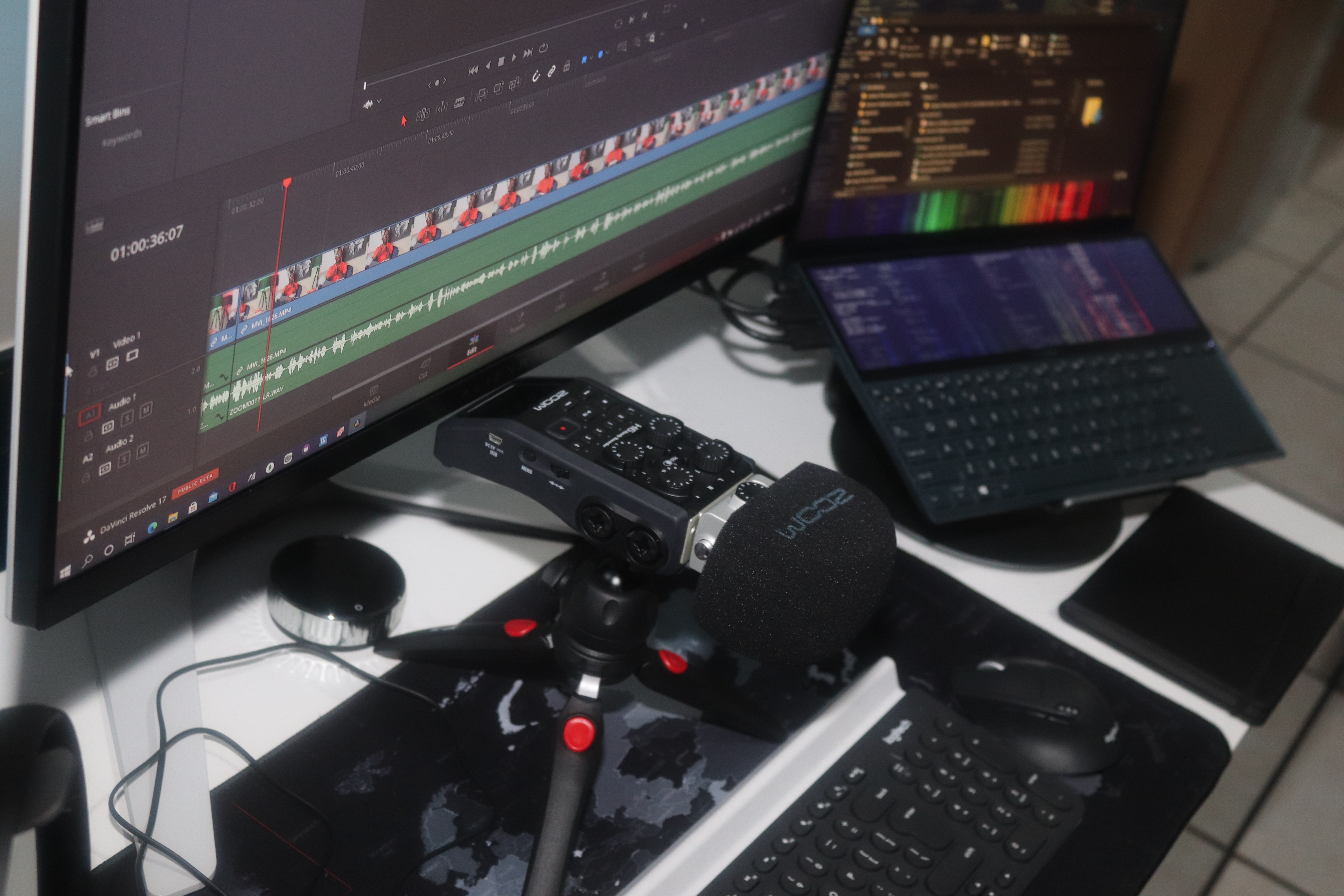The automotive industry has always been one of the most receptive to new technologies in its history. Ever since Henry Ford opened its doors to Ford in the early 20th century, technology has redefined the way cars are made, used and serviced. Technology has already defined a new way in which cars use fuel. Electric, hybrid and solar cell systems are starting to displace internal combustion engines and gas engines as the driving force of the future.
Technology has already defined a new way in which cars use fuel, and electric, hybrid and solar energy systems have begun to displace the internal combustion engine and fuel-powered engines as the driving force of the future.
At the same time, however, the growth of autonomous technologies and on-board computers has begun to increase user interactivity while reducing the need to manage “driving”.
The development of autonomous technologies redefines the driving experience as the user begins to transfer control to the built-in navigation system. One thing is certain: The cars of the future will be independent and interactive, and the two trends will be closely linked.
Growth of stand-alone technology
The biggest change that has already taken place in the automotive industry as a result of technology is autonomy. Manufacturers are working to develop self-propelled cars on a larger scale.
Most modern cars have self-contained systems such as an autonomous emergency brake (AEB). AEB systems use radar, cameras, and LIDAR technology to assess progress and identify potential collisions. These systems usually inform the driver that steps must be taken to avoid a future collision, and if nothing is done, the AEB brakes on behalf of the driver.
Another autonomous system recently introduced in Google Car is road user interpretation software programmed to interpret the normal road behavior of other drivers. Shape and motion graphs allow cars to make smart decisions in response to the movements of other road users.
The system is so advanced that their speed and movement patterns can be used to determine whether road users are cars, bicycles or motorcycles. Laser sensors have enabled stand-alone technology to understand how vehicles move around it.
Self-propelled systems are on the radar
Audi’s adaptive cruise control is an example of a system with a built-in stop-and-go function. It requires cooperation between 30 control units to analyze the vehicle environment. The Audi cruise control regulates the speed from 0 to 155 km / h depending on the distance between the driver and the car in front.
Two radar sensors in front of the vehicle allow the system to estimate the distance and allow the user to adjust the speed at which the system accelerates. The system is quite delayed. Such cruise control systems can help drivers proactively, but they are not completely independent.
In the current market, the BMW 7 Series can park itself without the owner intervening. Similarly, in 2015, Google began testing self-propelled cars with remote sensing technology, which installed a laser on the roof to create a 3D map of the area for automatic navigation.
The growing importance of cruise control and self-parking systems in the BMW 7 Series shows that fully autonomous systems are the natural next step in the automotive technology revolution.
Better user interaction
As computers become increasingly central to the mass production of cars, user interaction has increased tremendously. Today, every car produced has a kind of built-in computer that controls many functions.
Many built-in computers allow the user to control GPS, cruise control, vehicle temperature and even exhaust. These built-in systems have increased user interactivity for drivers available worldwide.
Today, drivers can enter their destination with built-in GPS and perform on-board diagnostics to diagnose problems with the vehicle subsystem. User interaction as a hallmark of vehicle design and operation.
